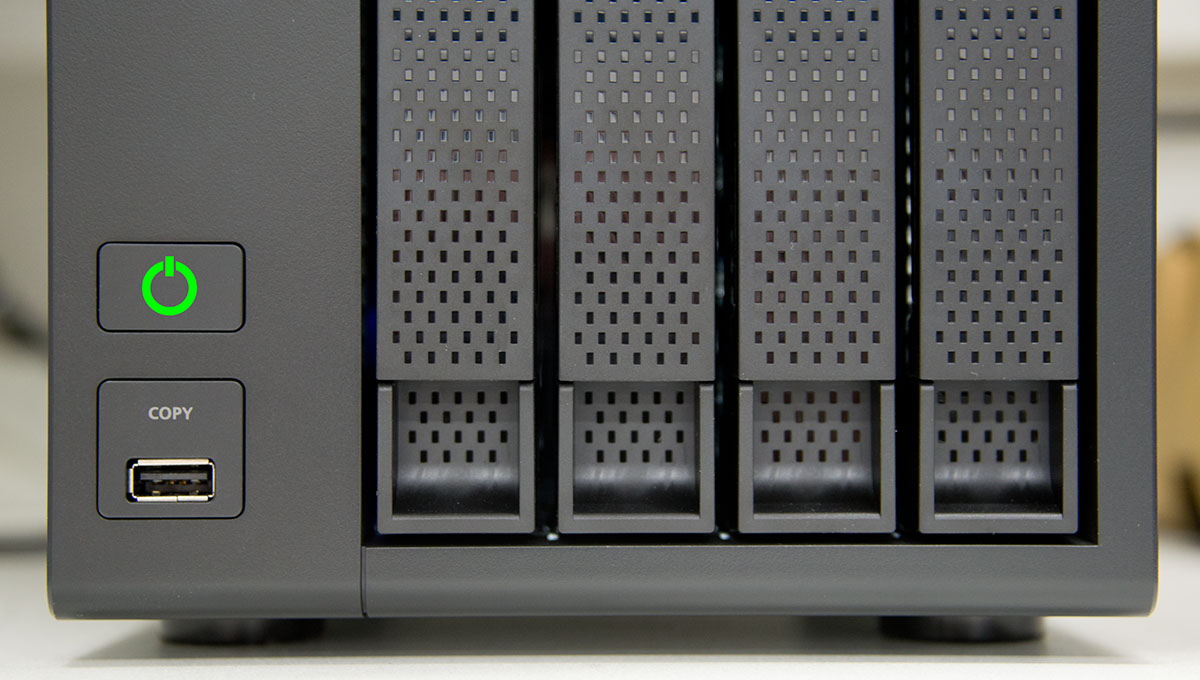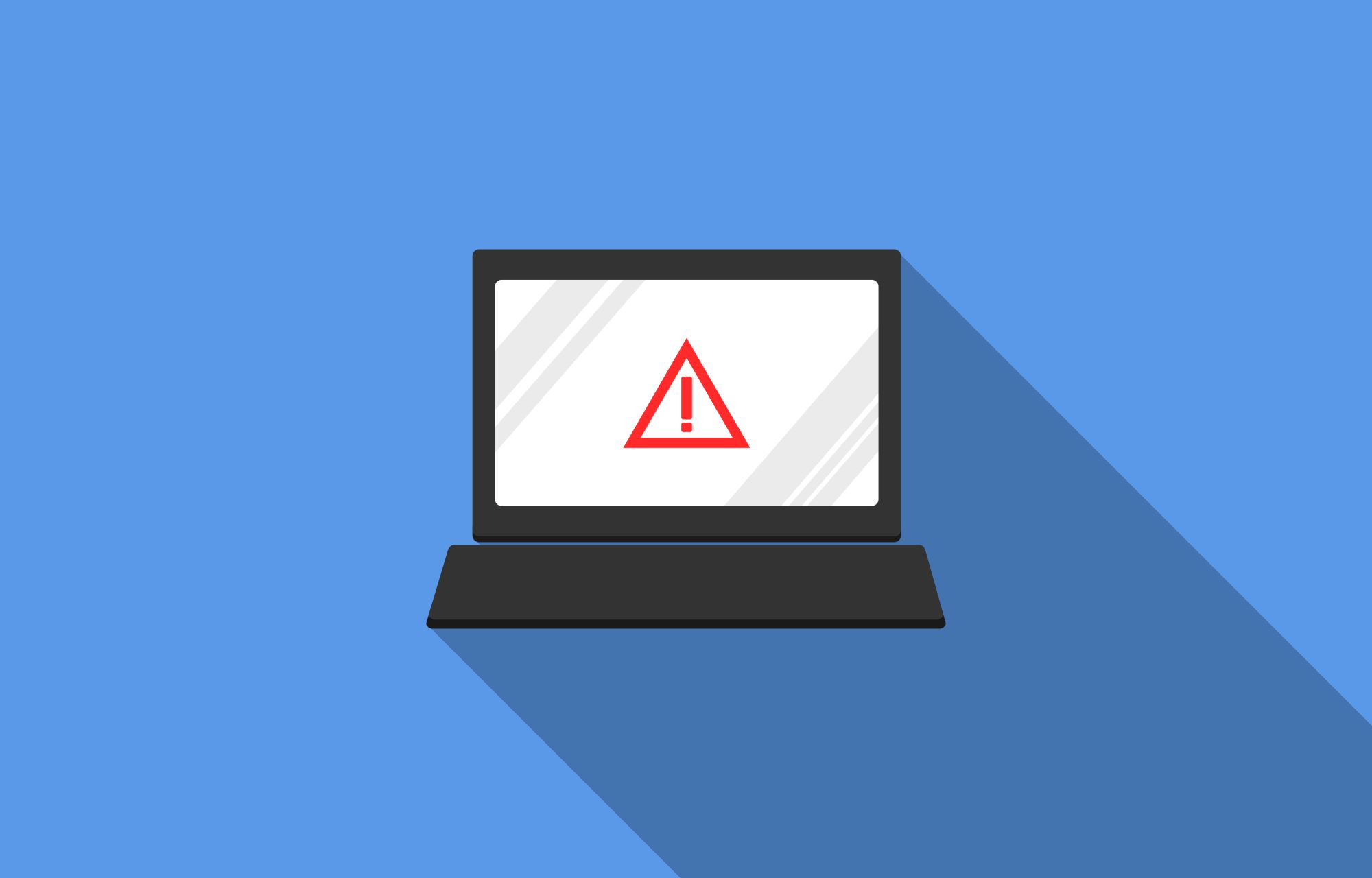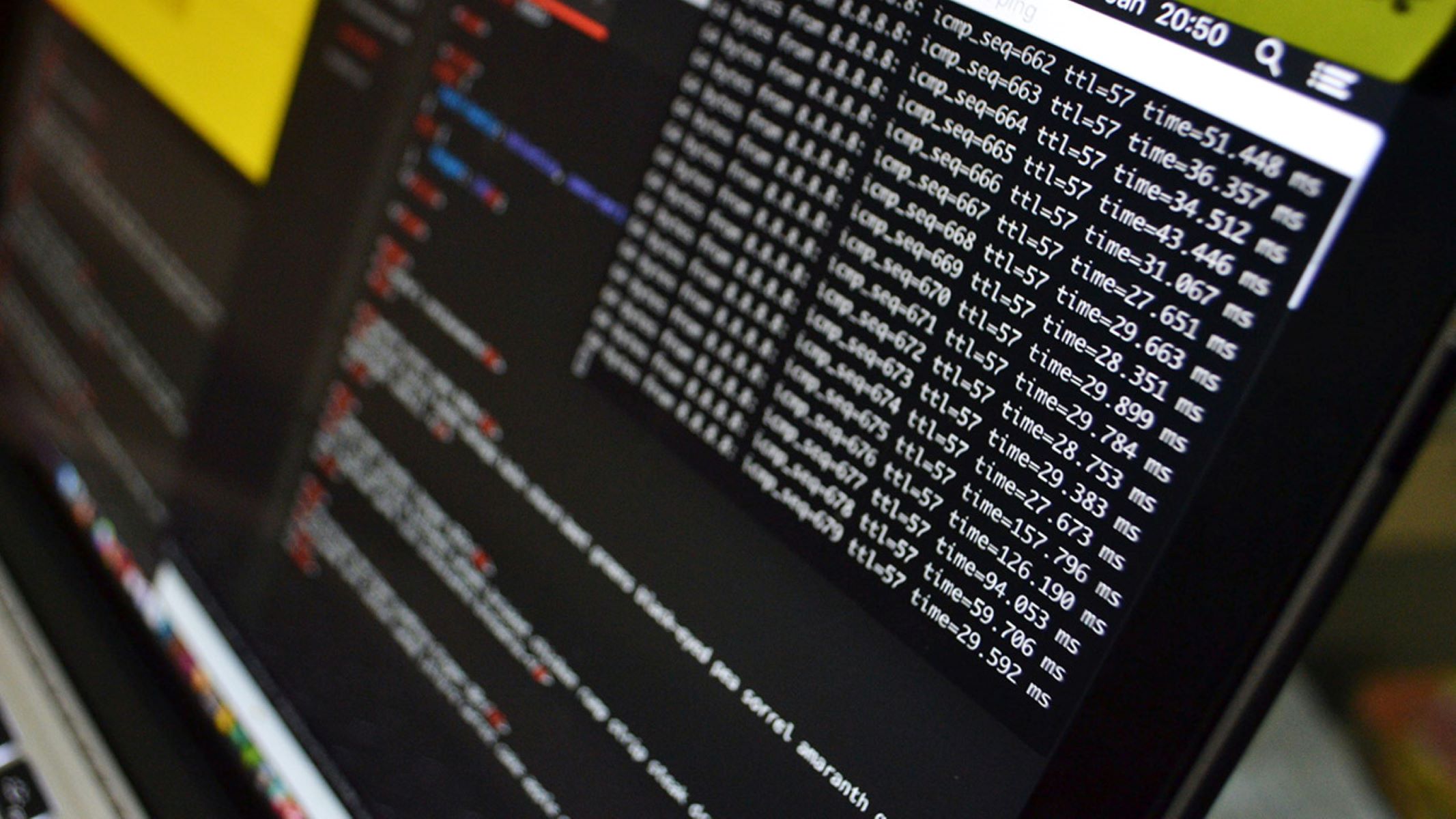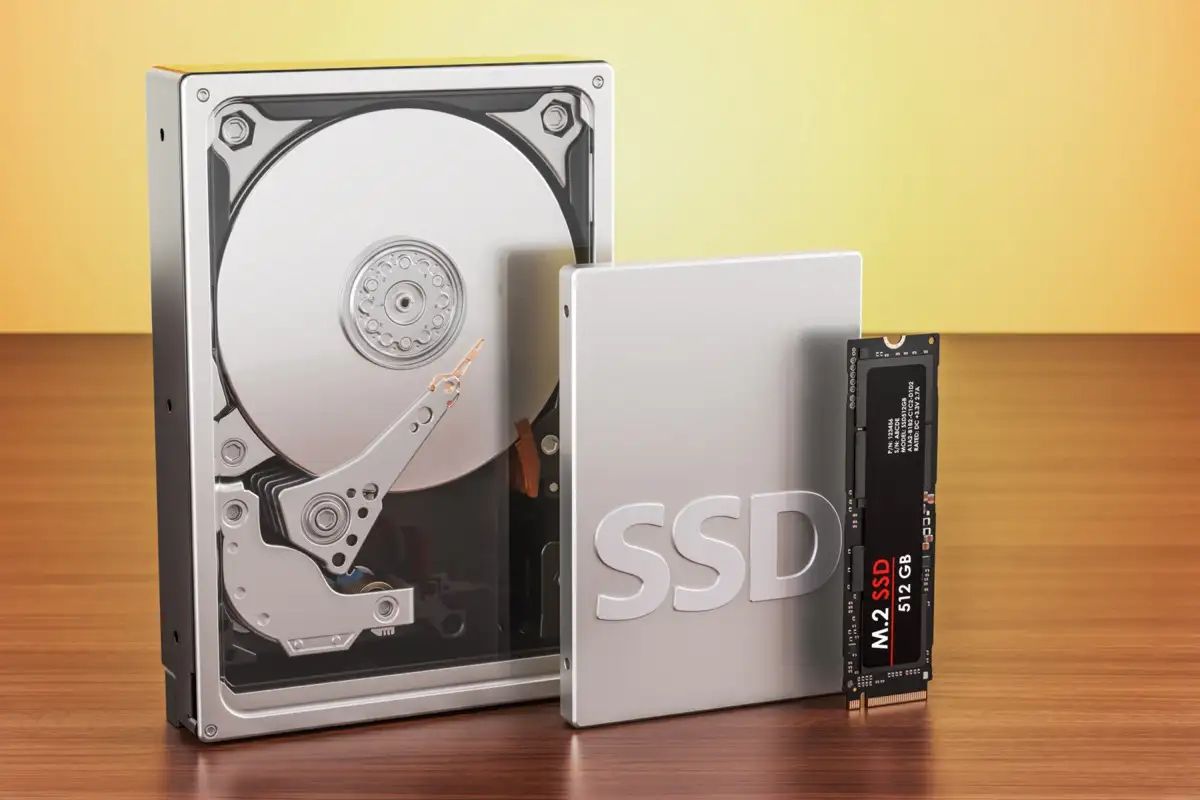Introduction
Network Attached Storage (NAS) devices have become indispensable for individuals and businesses seeking efficient data storage and accessibility. However, as with any technology connected to a network, NAS devices are susceptible to viruses and malware. Understanding the risks associated with NAS devices and how to safeguard them from potential threats is crucial in maintaining the security and integrity of stored data.
In this article, we will delve into the realm of NAS devices, exploring their vulnerabilities to viruses and the measures that can be taken to ensure their safety. By comprehending the intricacies of NAS security and adopting best practices, users can fortify their devices against malicious attacks, thereby safeguarding their valuable data.
As we embark on this exploration, it is essential to recognize the pivotal role that NAS devices play in modern data management. Whether utilized for personal or professional purposes, NAS devices offer a centralized and accessible repository for files, documents, media, and backups. Nevertheless, the convenience of NAS comes hand in hand with potential security risks, particularly in the context of virus infiltration.
By shedding light on the nuances of NAS security and offering actionable insights, this article aims to empower users to make informed decisions regarding the protection of their NAS devices. Let us embark on this journey to unravel the intricacies of securing NAS devices from viruses, ensuring that the invaluable data they harbor remains shielded from harm.
What is Network Attached Storage (NAS)?
Network Attached Storage (NAS) is a dedicated file storage device that operates over a network, providing data access and file sharing services to a diverse range of clients. Unlike traditional storage solutions, NAS devices are equipped with their own operating systems and file management capabilities, functioning independently of other servers or computers. This autonomy allows NAS devices to efficiently handle data storage and retrieval tasks, making them an ideal choice for individuals and organizations seeking a centralized and accessible storage solution.
One of the defining features of NAS is its ability to provide file-level data access to various users and client devices within a network. By leveraging Ethernet or Wi-Fi connectivity, NAS devices facilitate seamless access to stored data, enabling users to retrieve, store, and manage files from multiple locations. Moreover, NAS devices often support a wide array of file protocols, including NFS, SMB/CIFS, and FTP, further enhancing their compatibility with diverse operating systems and network environments.
Furthermore, NAS devices are renowned for their scalability, allowing users to expand storage capacity as per their evolving requirements. Whether deploying a single-disk NAS for personal use or a multi-bay NAS for enterprise-level storage, the flexibility of NAS architecture empowers users to adapt their storage infrastructure to accommodate growing data volumes.
Additionally, NAS devices offer features such as data redundancy through RAID configurations, remote access capabilities, and integrated backup solutions, bolstering data protection and accessibility. These attributes make NAS an indispensable tool for safeguarding critical data, facilitating collaborative work environments, and streamlining data management processes.
As the demand for efficient data storage and accessibility continues to surge, NAS devices have emerged as a cornerstone of modern data management. Their ability to consolidate and streamline data storage, coupled with robust security measures, positions NAS as a versatile and resilient solution for individuals and businesses alike.
How NAS Devices Can Get Infected
NAS devices are vulnerable to a myriad of infection vectors due to their connectivity to networks and the internet. Understanding the potential avenues through which NAS devices can become infected is essential for implementing effective security measures.
One common method of NAS infection is through the exploitation of software vulnerabilities. NAS operating systems and applications may contain unpatched security flaws, which can be exploited by cybercriminals to gain unauthorized access and compromise the device. Additionally, outdated firmware or software on NAS devices can serve as entry points for viruses and malware, underscoring the importance of regularly updating and patching NAS systems to mitigate these risks.
Furthermore, NAS devices can fall victim to malware infiltration through compromised user credentials. Weak or default passwords, as well as lax access controls, can pave the way for unauthorized access to NAS devices, allowing cybercriminals to introduce malicious software and compromise the integrity of stored data.
Social engineering tactics, such as phishing emails and fraudulent websites, also pose a significant threat to NAS security. If users inadvertently divulge sensitive credentials or click on malicious links, attackers can exploit this information to gain unauthorized access to NAS devices, potentially leading to data compromise and infection.
Moreover, the interconnected nature of networks exposes NAS devices to the risk of cross-contamination from infected devices within the same network. If a computer or another networked device becomes infected with malware, there is a possibility that the contagion could spread to the NAS device, compromising its data and functionality.
It is crucial to recognize that NAS devices are not immune to the evolving landscape of cyber threats. As such, proactive measures must be taken to fortify the security posture of NAS devices and mitigate the risks associated with potential infections.
Safe NAS Devices from Viruses
Ensuring the safety of NAS devices from viruses necessitates a multifaceted approach that encompasses robust security measures, proactive maintenance, and user vigilance. By adopting best practices and leveraging advanced security features, users can fortify their NAS devices against potential virus infections, safeguarding their data and preserving the device’s integrity.
One pivotal aspect of safeguarding NAS devices from viruses is the implementation of comprehensive security protocols. This includes deploying firewalls, intrusion detection systems, and antivirus software specifically designed for NAS environments. These security measures serve as critical deterrents against unauthorized access and malware infiltration, bolstering the device’s resilience in the face of potential threats.
Furthermore, encryption plays a pivotal role in fortifying NAS devices against viruses. By encrypting data at rest and in transit, users can mitigate the risk of unauthorized access and data compromise, thereby enhancing the overall security posture of the NAS device. Additionally, enabling secure access protocols, such as SSL/TLS, further augments the device’s resistance to potential virus attacks.
Regular software updates and firmware patches are indispensable in maintaining the security of NAS devices. By promptly applying security patches and updates released by the NAS manufacturer, users can address known vulnerabilities and fortify the device against emerging threats. This proactive approach to maintenance is instrumental in mitigating the risk of virus infections and ensuring the device’s continued security.
Employing strong access controls and authentication mechanisms is paramount in safeguarding NAS devices from viruses. Implementing complex, unique passwords, multi-factor authentication, and role-based access controls fortifies the device against unauthorized access attempts, reducing the likelihood of virus infiltration resulting from compromised credentials.
Moreover, regular data backups are pivotal in safeguarding NAS devices from viruses. By maintaining up-to-date backups of critical data, users can mitigate the impact of potential virus infections, facilitating data recovery and minimizing the risk of data loss in the event of a security breach.
By adhering to these best practices and embracing a proactive stance towards NAS security, users can significantly enhance the resilience of their NAS devices against potential virus infections, safeguarding their valuable data and preserving the device’s functionality.
Best Practices for Securing Your NAS Device from Viruses
Implementing best practices for securing NAS devices from viruses is paramount in safeguarding critical data and preserving the integrity of the storage infrastructure. By adhering to robust security protocols and proactive measures, users can fortify their NAS devices against potential virus infections, thereby ensuring the continued safety and accessibility of stored data.
1. Deploy Robust Security Software: Utilize specialized antivirus and anti-malware solutions designed for NAS environments. These security applications provide real-time protection, regular scanning, and threat detection, fortifying the device against potential virus infiltrations.
2. Enable Automatic Updates: Configure the NAS device to automatically install software updates and security patches released by the manufacturer. This ensures that known vulnerabilities are promptly addressed, reducing the risk of virus infections stemming from unpatched software flaws.
3. Implement Access Controls: Enforce strong access controls, including complex passwords, multi-factor authentication, and role-based access privileges. By restricting unauthorized access, users can mitigate the risk of virus infiltration resulting from compromised credentials.
4. Enable Encryption: Utilize data encryption mechanisms to safeguard data at rest and in transit. Encryption mitigates the risk of unauthorized access and data compromise, enhancing the overall security posture of the NAS device.
5. Regular Backups: Maintain regular backups of critical data stored on the NAS device. Scheduled backups facilitate data recovery in the event of a virus infection, minimizing the impact of potential data loss and ensuring business continuity.
6. Network Segmentation: Employ network segmentation to isolate the NAS device from other networked resources. This limits the potential impact of virus infections, preventing the spread of malware to other networked devices.
7. User Education: Educate users on best practices for maintaining NAS security, including the identification of phishing attempts, the importance of regular software updates, and the significance of strong password management. User awareness is pivotal in fortifying the overall security posture of the NAS environment.
8. Regular Vulnerability Assessments: Conduct regular vulnerability assessments and security audits to identify and address potential weaknesses in the NAS environment. Proactive identification and remediation of vulnerabilities bolster the device’s resilience against virus infections.
By integrating these best practices into the management and maintenance of NAS devices, users can proactively fortify their storage infrastructure against potential virus infiltrations, ensuring the continued security and accessibility of critical data.
Conclusion
Network Attached Storage (NAS) devices serve as invaluable repositories for storing and accessing critical data, making them prime targets for malicious attacks. The susceptibility of NAS devices to virus infections underscores the importance of implementing robust security measures and best practices to fortify their resilience against potential threats.
By understanding the various avenues through which NAS devices can become infected, users can proactively mitigate these risks through the adoption of multifaceted security protocols. From leveraging specialized antivirus solutions to enforcing strong access controls and encryption mechanisms, users can fortify their NAS devices against potential virus infiltrations, safeguarding the integrity of stored data.
Furthermore, proactive maintenance, regular backups, and user education play pivotal roles in maintaining the security posture of NAS devices. By embracing a proactive stance towards security, users can fortify their NAS devices against potential virus infections, ensuring the continued safety and accessibility of critical data.
As the digital landscape continues to evolve, the security of NAS devices remains a paramount concern. By integrating best practices and advanced security measures into the management of NAS environments, users can bolster the resilience of their storage infrastructure, safeguarding their valuable data against potential virus threats.
In essence, the safety of NAS devices from viruses is contingent upon a proactive and multifaceted approach to security. By embracing best practices, leveraging advanced security solutions, and fostering a culture of vigilance, users can fortify their NAS devices against potential virus infections, preserving the integrity and accessibility of their data.
As we navigate the ever-changing realm of cybersecurity, the protection of NAS devices from viruses stands as a testament to the proactive measures and vigilance required to safeguard critical data in an interconnected world.

























